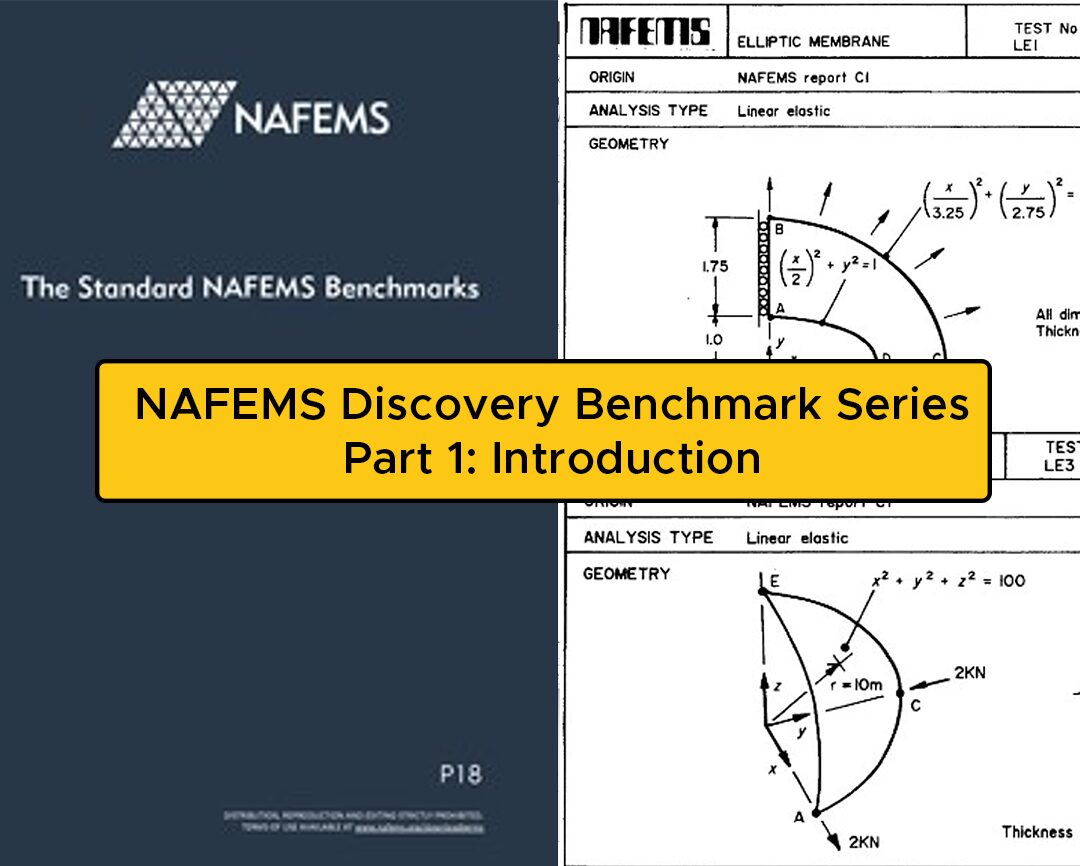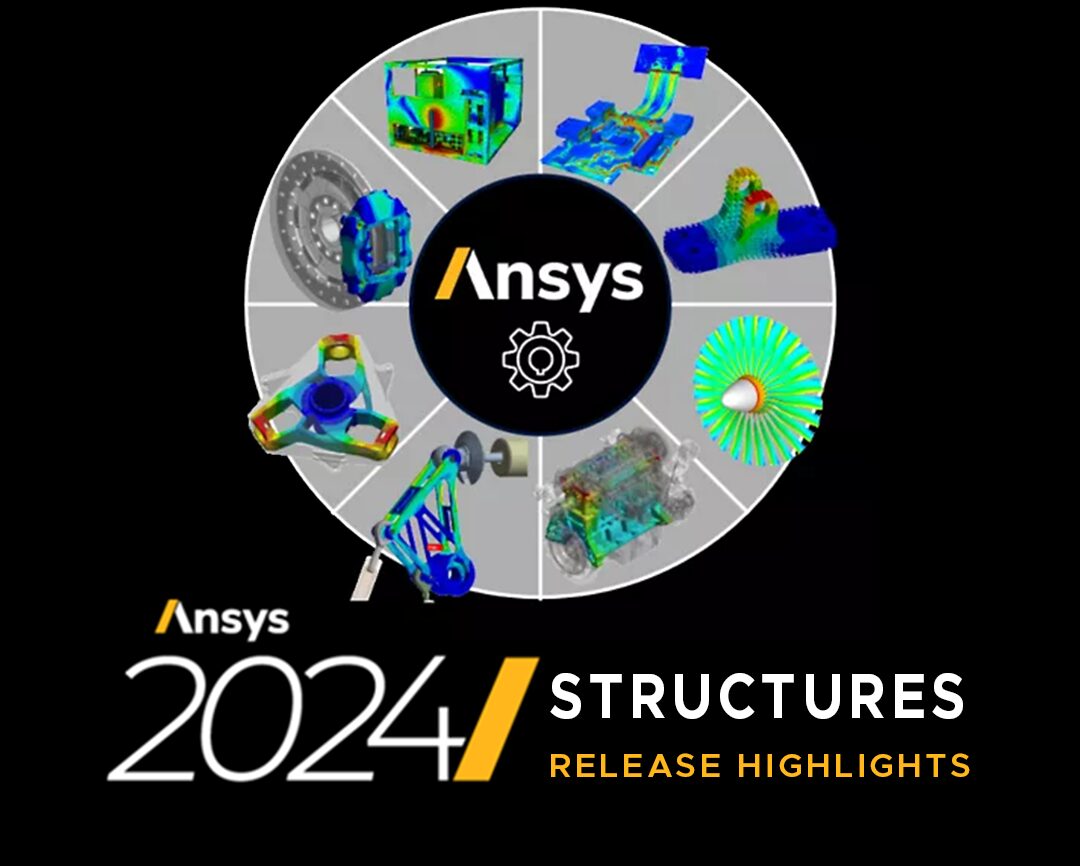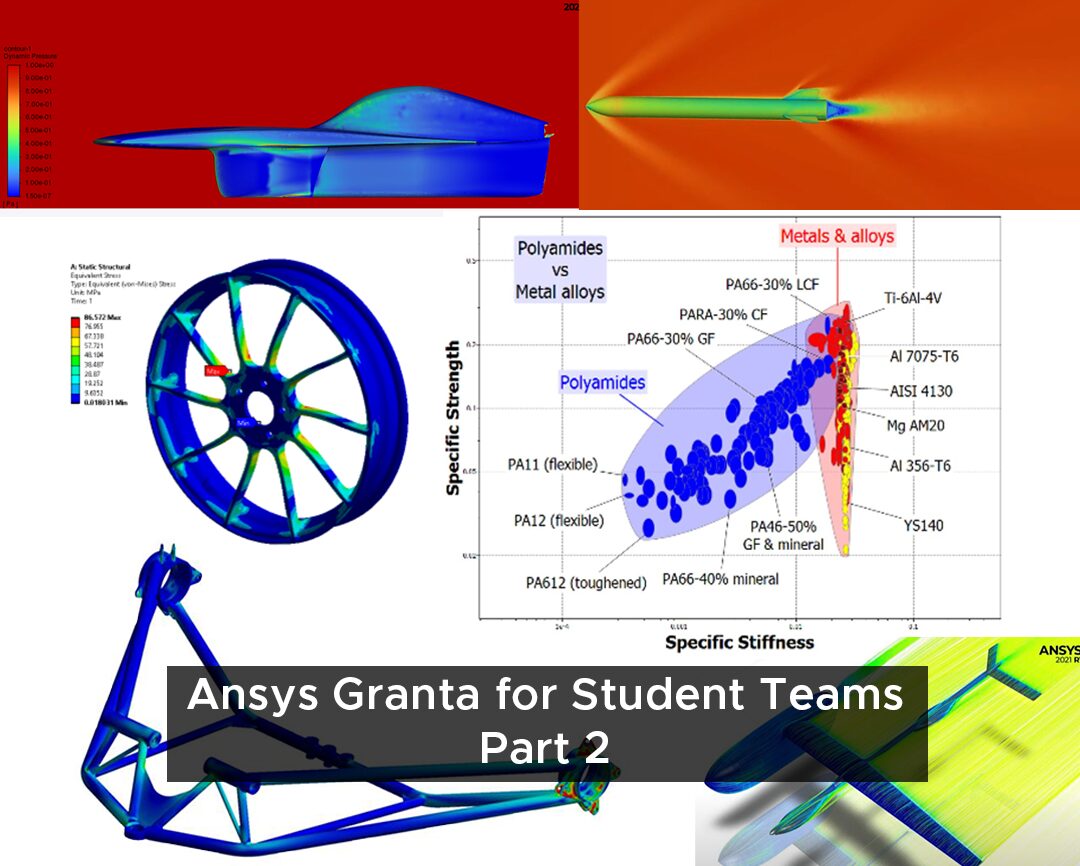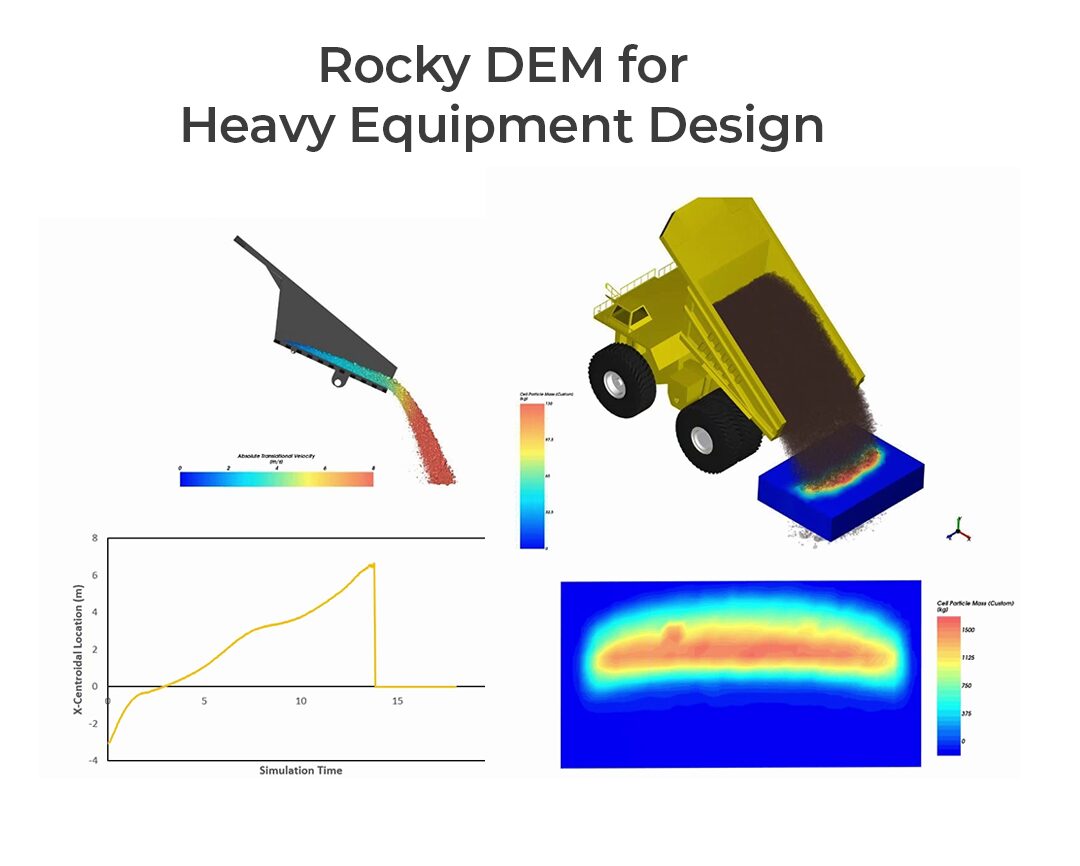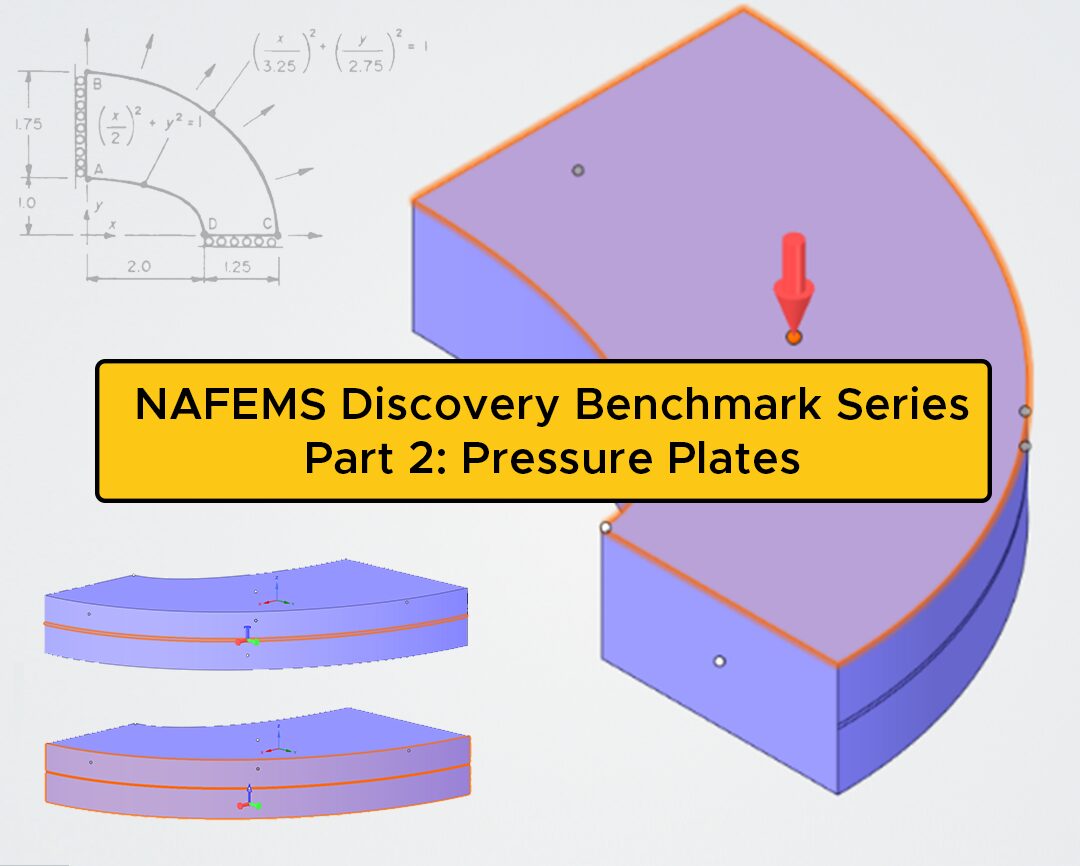
NAFEMS Discovery Benchmark Series – Part 2: Pressure Plates
Part two in our NAFEMS Discovery Benchmark Series tackles pressure plates. The NAFEMS linear elastic benchmarks feature two problems where a plate is subjected to a pressure load. LE1 involves a thin elliptic structure stretched outwards by a pressure force, while LE10 uses the same plate, but thickens it and applies a higher pressure. Read on to see how Discovery handled this benchmark test.


